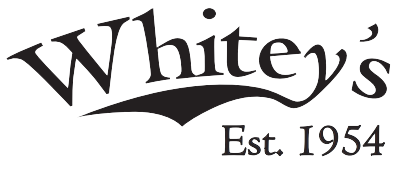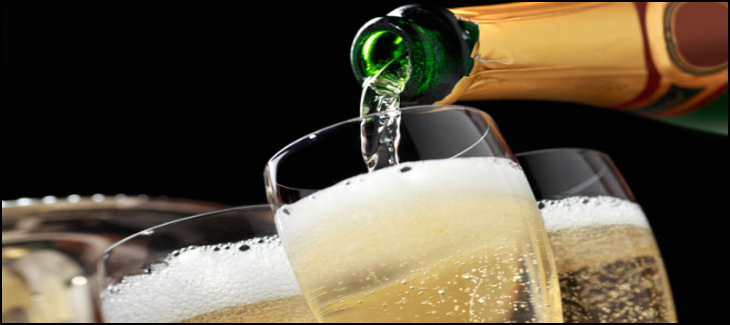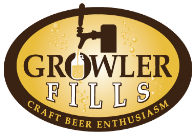Champagne & Sparkling Wine
Champagne is a subset of Sparkling wines. True Champagne must be made in the Champagne region of France and the less expensive ones start around $30 a bottle. There are cheaper bottles that have the word “Champagne” written on their labels, usually following a qualifier like “American” “California” or “Australia”. These are not real Champagnes. They have carbon dioxide infused into the wine in order to make it bubble, instead of allowing the wine to undergo a secondary fermentation to create the small delicate bubbles that are found in Champagne. Honestly, a wine labeled Sparkling Wine that cost around $10 or $15 is going to be a lot closer to Champagne than any of the qualifier “Champagnes.”
All Champagne is made from a blend of Pinot Noir, Pinot Meunier, and Chardonnay, unless otherwise noted. Other sparkling wines that are attempting to replicate the taste of Champagne (which are mostly American and Australian) are typically made from the same three grapes. As noted above, there are exceptions. Champagne labeled Blanc de Noir is made without Chardonnay (and can contain only one of the two red grape varieties), and Blanc de Blanc is made only with Chardonnay. Other sparkling wines, such as Cava from Spain and Prosecco from Italy, use indigenous grapes. (Cava uses Xarello and Prosecco uses primarily Glera)
Italian Asti, once called Asti Spumante, is a sweet sparkling wine made from Moscato grapes. It is a fully sparkling wine, unlike Moscato D’Asti, which is a frizzante wine. Frizzante wines have small bubbles that offer a refreshing tingle while also helping to hide the sweetness of the wine. Moreover, Frizzante wines are considered to be a little less effervescent than champagne and sparkling wines.
Another thing to note is that sparkling wines trying to replicate Champagne are often grown in warmer climates than Champagne, France. These warmer temperatures lead to riper fruits, which in turns produces a slightly less dry, less acidic sparkling wine. Simply put, these wines are going to be a touch sweeter than their French counterparts.
Sparkling Rosé generally gets its color by allowing the grape skins to remain in the wine for a couple of days. This process also allows more of the red fruit, such as cherry and plum, to be infused into the rosé itself.
How to Read a Label:
Most sparkling wines use Champagne terminology to denote the sweetness level of their wine. Natural is the driest, then there’s Brut, followed by Extra Dry, which is slightly less dry than Brut, and lastly, Demi-Sec (confusing, right? Remember, Extra Dry is not the driest). Sec denotes semi-sweet and Doux signifies sweet.


